Category: Film Theory
-
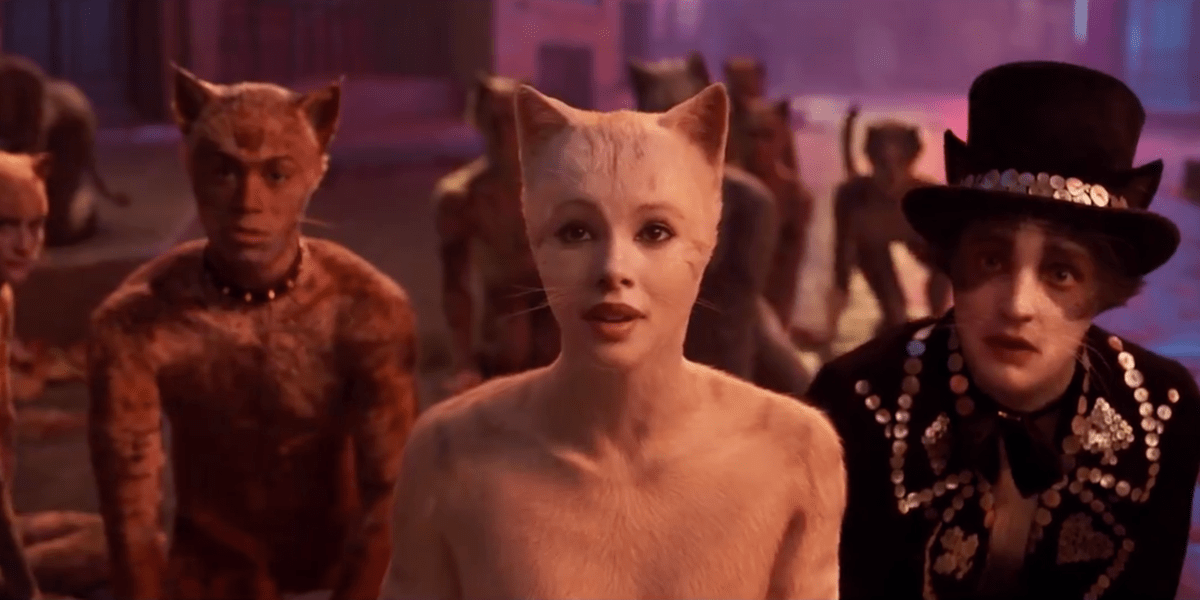
“CATS” Is a Drug-Induced Nightmare
I have seen a lot of bad movies in my time. The Room is a catastrophic disaster. Birdemic: Shock and Terror is nearly unwatchable. I am now tasked with an almost impossible challenge: to write about all the stuff wrong with this movie. Obviously, this film was bad, atrocious even; but describing HOW it’s bad is an…
-
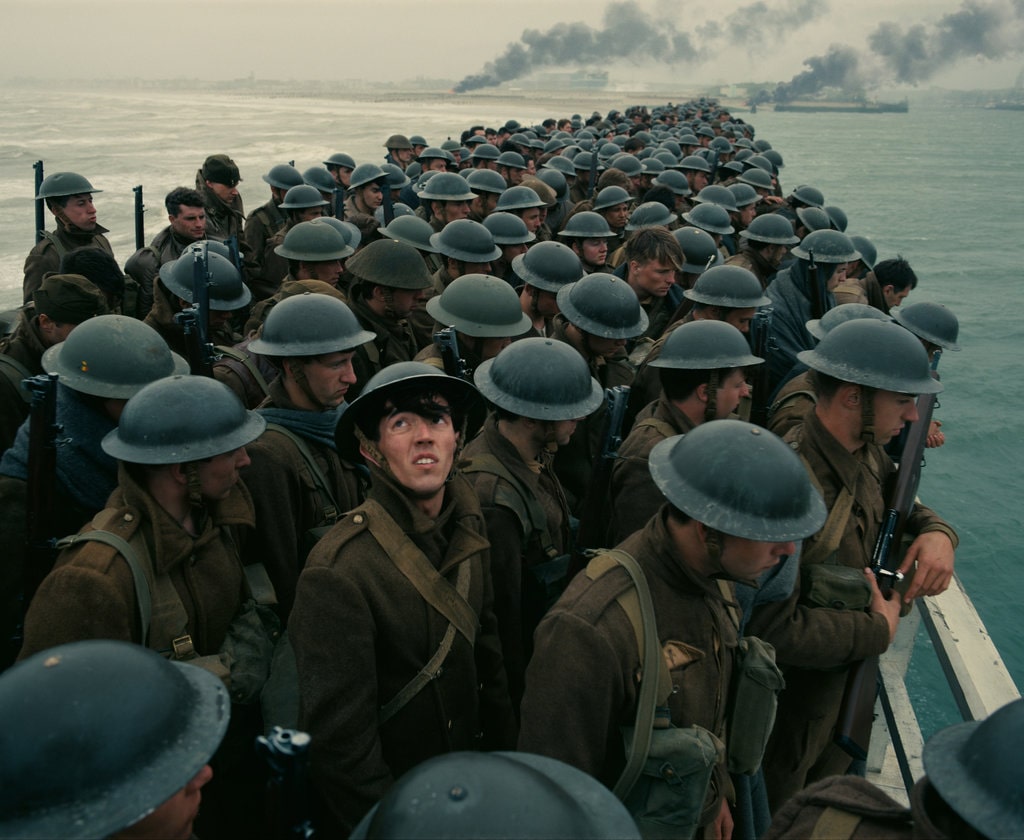
“Dunkirk” and the Lack of Protagonist
Dunkirk Back in 1915, David Wark Griffith made silent epics that helped to define the language and syntax of cinema. He himself claimed to have invented the close-up and scenes with restrained emotion, but his main contribution was actually the concept of parallel editing: the capacity to cut between separate narratives in order to extend…
-
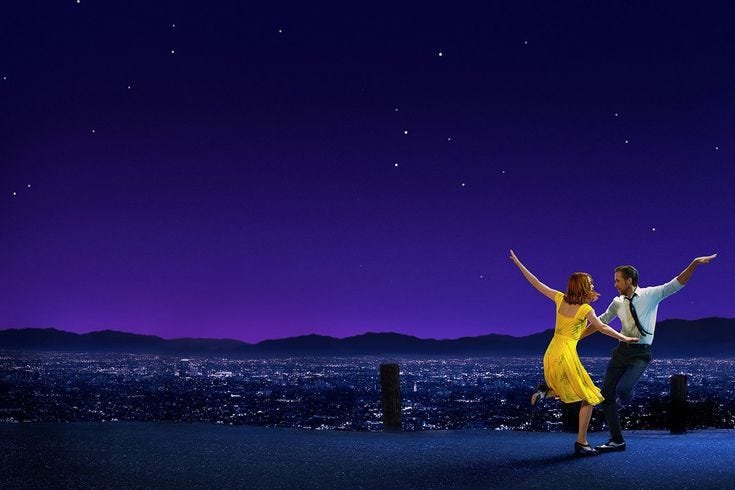
“La La Land,” More Like “Blah Blah Land” Amirite?!
An Anachronistic Nightmare This film is an anachronistic fucking nightmare, best illustrated in its combination of having the protagonist driving an Oldsmobile with an 8-track tape player and the other a Prius. Oh, but Ryan Gosling’s character has *classic* style, just look at his pretentious wing-tip shoes. In all honesty, at least he can act,…
-
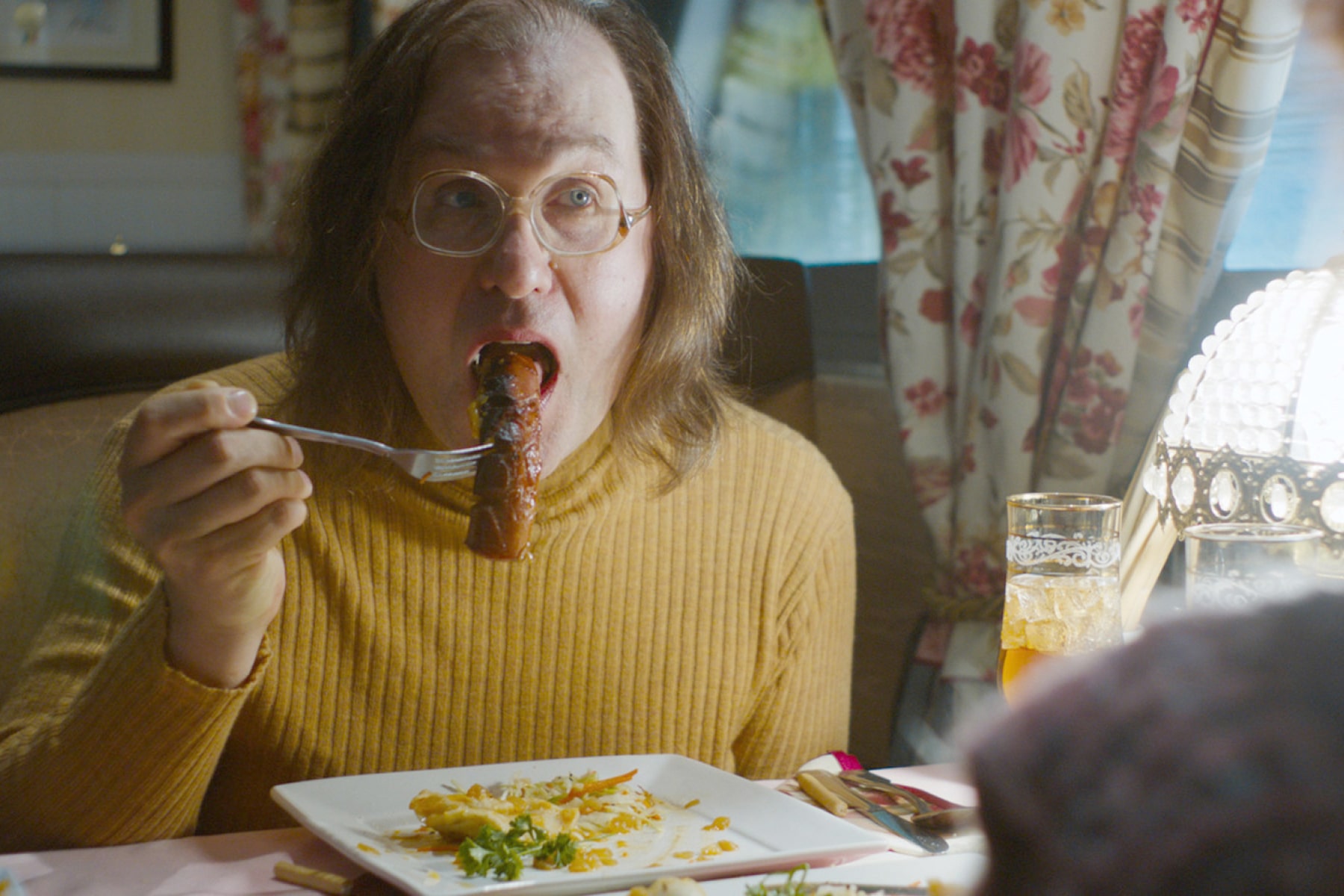
“The Greasy Strangler” is a Surprising Gem
The Greasy Strangler “Bullshit artist!” “Bullshit artist!” “You’re a bullshit artist!” “Bull-SHIT! Art-IST!” “I call bullshit on that.” “You’re a horse shit artist.” “I call horse shit. You’re covered in horseshit.” “B.U.L.L.S.H.I.T A.R.T.I.S.T. Bullshit Artist!” “You’re the world’s biggest bullshit AND horseshit artist!” This is some of the dialogue from a movie that is nearly…
-

“The Goldfinch” (2019) is Unwatchable
The Goldfinch The Goldfinch movie is like watching paint dry, but if the paint were REALLY trying to dry. Like, if the paint’s parents paid to have it attend a Drying School…and there’s enormous pressure for it to dry well, and it’s trying REALLY hard. But when people are watching, it gets shy and can’t…
-
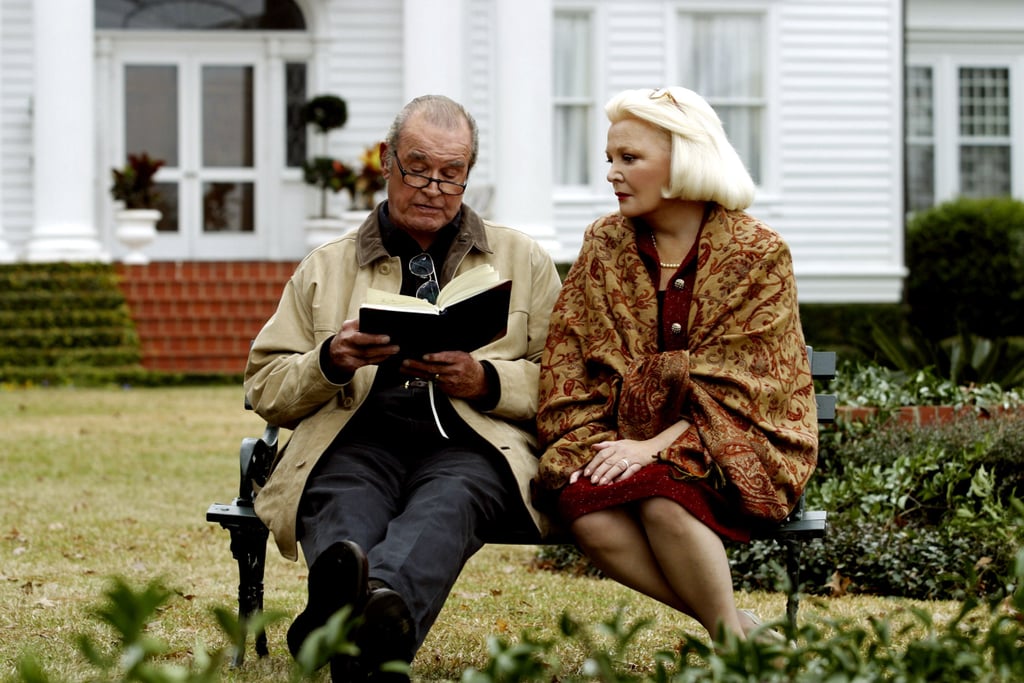
“The Notebook” (2004) is an Abuse Story in Disguise
The Notebook Although “chick-flicks” generally get a bad rap, there are plenty of solidly romantic works that don’t need to be diminutive to women or psychotic in their portrayal of relationships. Try L’Atalante, for example; Roger Ebert gave that film 4 stars. I’d heard good things about this film, it was something I hadn’t seen since…
-
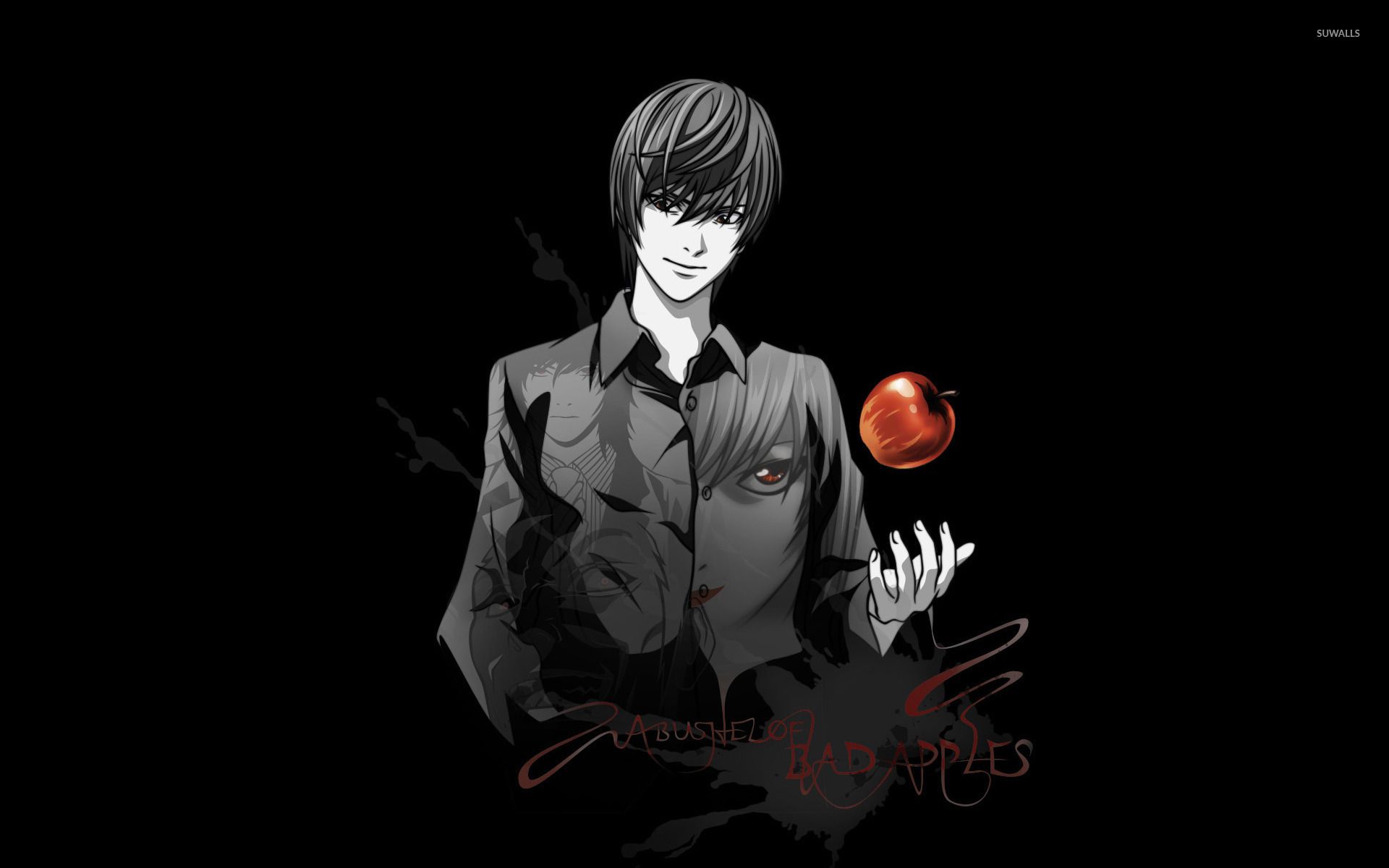
“Death Note” – Perfect Drama for Those That Dislike Anime
Death Note Although I’ve seen this show many times, I feel like it deserves a review in light of the American bastardisation that lives on Netflix – like a disease completely immune to “cerebral” antibiotics – and that the original show ALSO resides on Netflix in a quality, subtitled form with the better, Japanese voice…
-
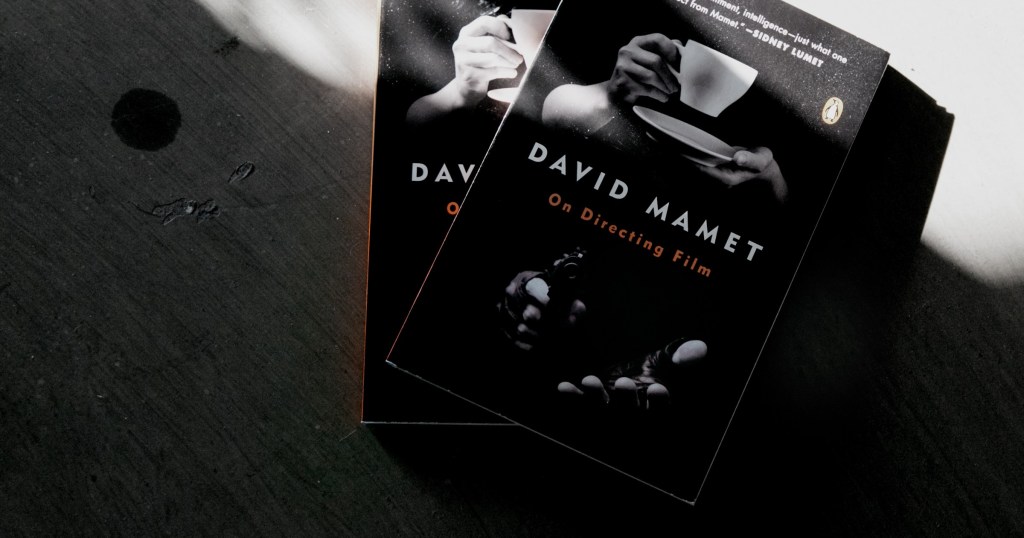
David Mamet’s On Directing Film
David Mamet’s On Directing Film What a marvelous breath of fresh air! I mean, Jesus, he goes through so many issues I have with modern, American movies and he does so with great humour and startling intellect. This book is more of a transcript from a class Mamet taught at Columbia University, where he workshops…
-
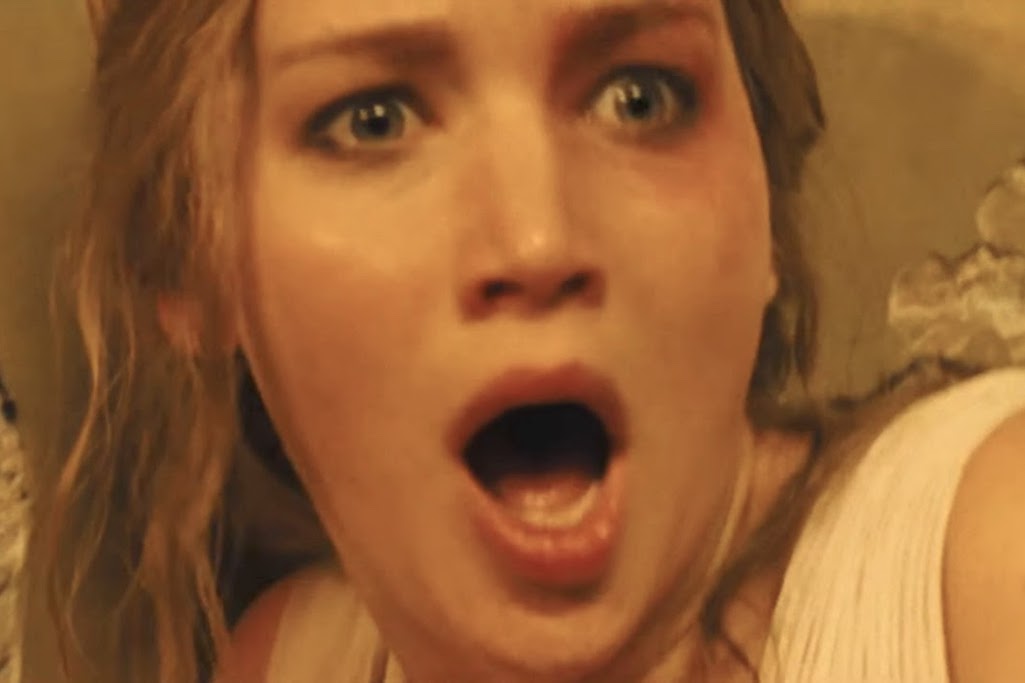
“Mother” – A Gargantuan Waste
Mother More appropriately titled “Take A Passive Journey Through A Privileged White Woman’s Struggle To Get Disadvantaged People Out of Her Suburban Home,” this quasi-Biblical, quasi-cautionary relationship and anti-fame tale drudges through an endless array of Snorricam shots and “Rosemary’s Baby” references that lead you to a forced conclusion that any rails-based game would envy.…
-
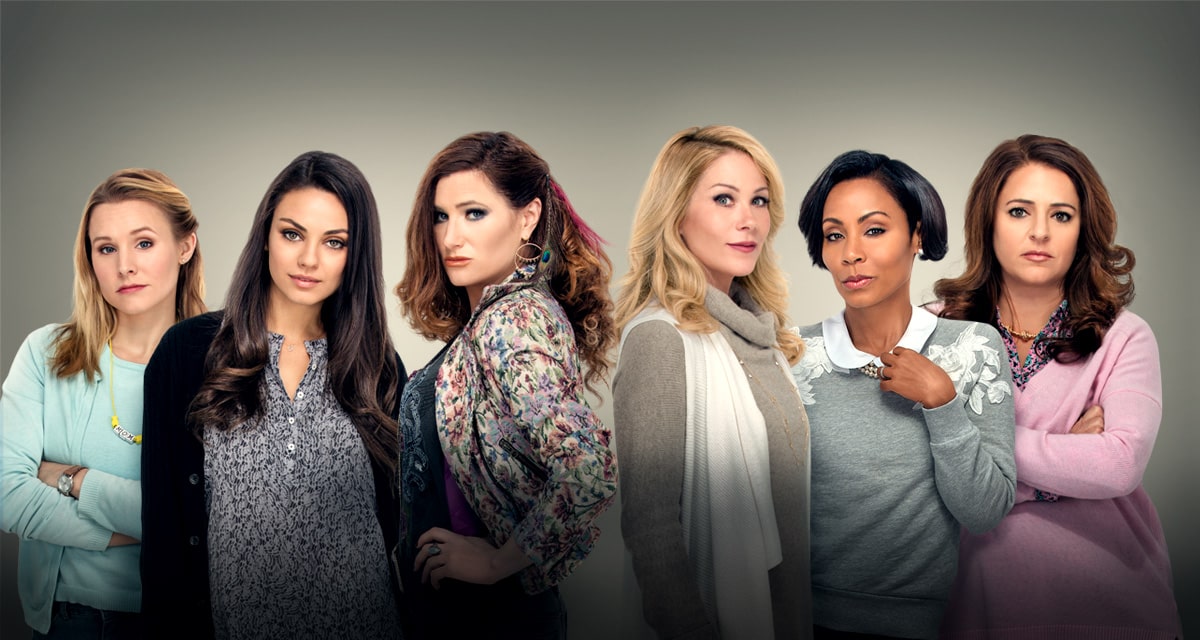
“Bad Moms” Is Bad
Bad Moms Sometimes, I’ll treat myself to an absolutely shitty film. I mean the kind of rubbish that would send others to line up shots of bleach. But the world is a meaningless void of despair and anguish, and the only way I can fill the existential hole in my life is to reaffirm my…
